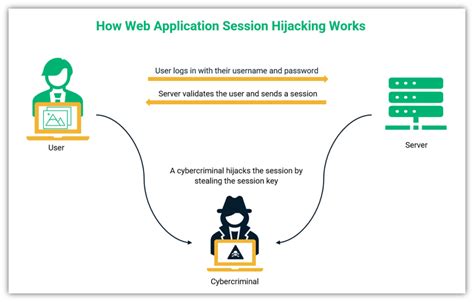In the realm of cybersecurity, the phrase ‘off-path TCP hijacking in NAT-enabled Wi-Fi networks’ might sound like a plot straight out of a techno-thriller. However, it is a very real concern, particularly for users who frequent public Wi-Fi hotspots. Despite the advances in security technology, this old yet potent form of attack reminds us that our digital communication channels still harbor vulnerabilities. This necessity for enhanced security is underscored by ongoing discussions and research in the cybersecurity community.
First, let’s understand what off-path TCP hijacking involves. Traditionally, TCP session hijacking required an attacker to manipulate packets from a position on the network path, enabling them to intercept and alter data transmission. Off-path attacks, however, do not require the attacker to be directly between the communicating parties; they can inject malicious packets from elsewhere—sometimes referred to as ‘blind’ attacks. The use of Network Address Translation (NAT) complicates matters, as NAT often hides the internal network’s structure, making it harder to track the connection’s exact context.
The rise of HTTPS (Hypertext Transfer Protocol Secure) has certainly been a linchpin in securing online communication. Yet, as noted in discussions among security experts, even HTTPS is not entirely foolproof. For example, every trusted Certificate Authority (CA) is considered equally trustworthy, which means a compromised CA could issue valid certificates to malicious actors. This weakness can facilitate Man-in-the-Middle (MITM) attacks, where the attacker could intercept and decrypt a user’s web traffic by presenting what appears to be a legitimate certificate.
SSH (Secure Shell) is another cornerstone of online security, commonly used for secure communication over an unsecured network. However, due to its ‘trust on first use’ (TOFU) model, SSH is not immune to hijacking especially when users are connecting to a new or previously unknown server. Attackers could redirect a user to a malicious server, thus capturing sensitive information. While key-based SSH authentication significantly enhances security, its practical adoption remains limited. It’s crucial for users to embrace key-based SSH and avoid agent forwarding to minimize the risk of session hijacking. A code snippet illustrating the proper use of key-based SSH might look like this:ssh-keygen -t ed25519 -C
code snippet
ssh-copy-id user@your_server
According to security professionals, proactive measures such as randomizing NAT port allocations, enforcing rigorous TCP window checking, and enabling reverse path filtering (RPF) can mitigate some hijacking risks. RPF, for instance, ensures packets coming to a network interface are only accepted if the interface would route the packet back through the same path. You can enable RPF in Linux using the following configuration:net.ipv4.conf.all.rp_filter = 1
net.ipv4.conf.default.rp_filter = 1
Nonetheless, public Wi-Fi remains a breeding ground for potential exploits. Even with these safeguards, the reality is that the threat landscape is continually evolving. The security community often debates whether VPNs (Virtual Private Networks) or protocols like IPSec provide adequate protection. Given that VPNs encapsulate and encrypt traffic, they do offer an additional security layer. For example:openvpn --config myVpnConfig.ovpn
However, it’s worth noting that VPNs using TCP transport could still be susceptible to certain hijacking techniques, necessitating a preference for UDP-based VPNs.
In conclusion, while off-path TCP hijacking in NAT-enabled Wi-Fi networks might seem daunting, it constitutes a fraction of the broader cybersecurity landscape. Users must remain vigilant, adopting practices such as HTTPS, key-based SSH, proactive NAT management, and effective firewall settings. Moving towards safer and more robust protocols like IPv6, which is inherently immune to NAT-related vulnerabilities, can also enhance overall security. Cybersecurity is about raising the bar continuously; as attackers evolve, so must our defenses. Always remember, in the digital world, security is not a destination but a journey.


Leave a Reply